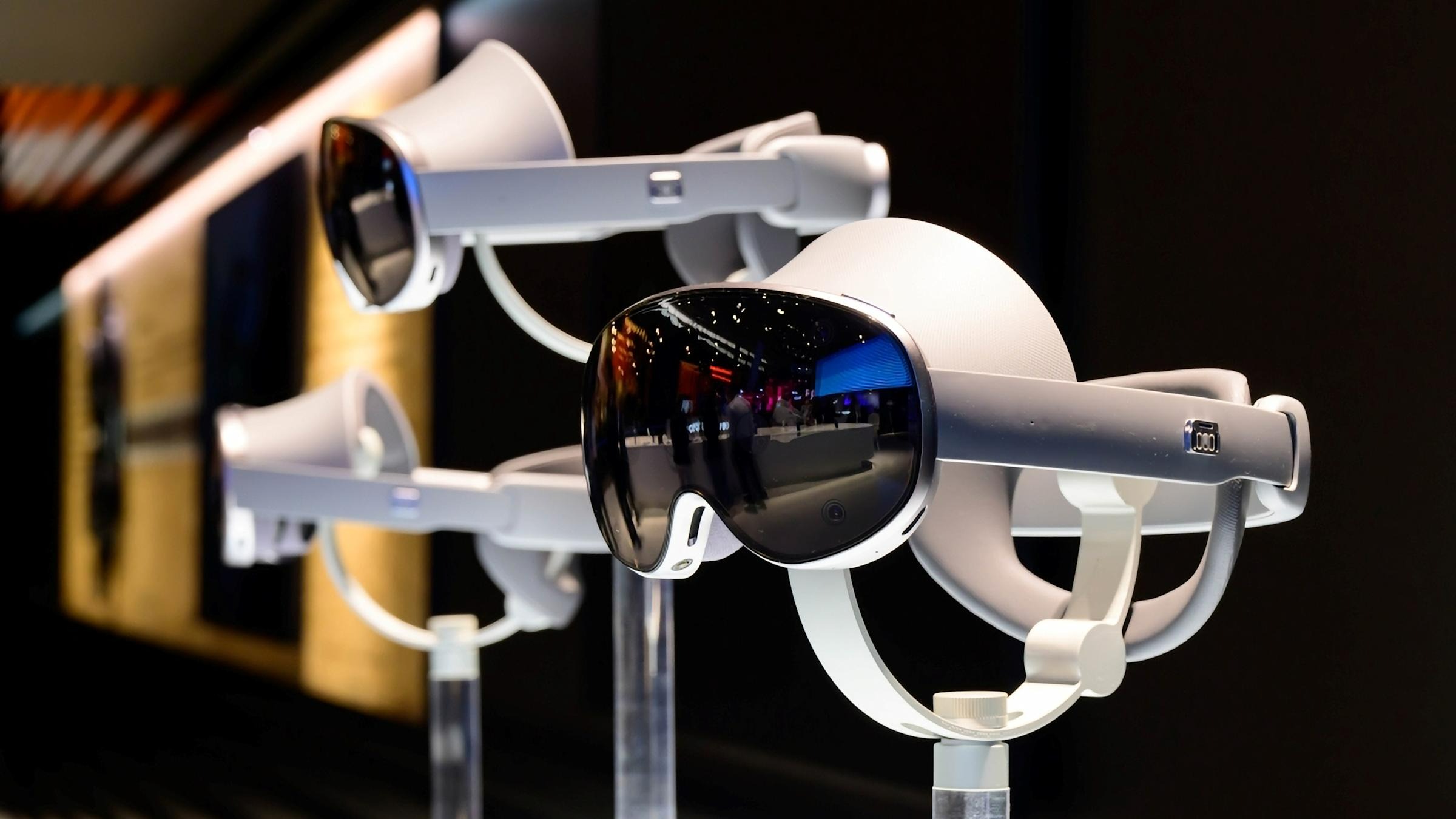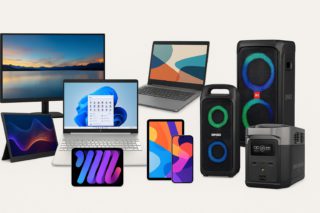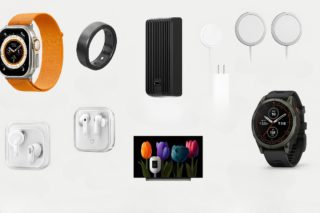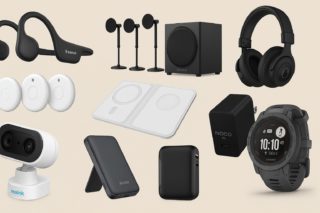The Vision Pro’s biggest weakness just became Samsung’s opportunity. Fresh leaks reveal the Galaxy XR headset delivers dual 4K micro-OLED displays at 4,032 PPI—sharper than Apple’s flagship—while weighing 55 grams less. After months of teasing Project Moohan, Samsung’s XR ambitions are finally taking shape with specs that directly challenge Cupertino’s spatial computing crown.
Display Excellence Meets Comfort Engineering
Samsung’s micro-OLED panels deliver 29 million total pixels in a lighter package.
Those leaked specifications tell a compelling story. The Galaxy XR’s display density surpasses the Vision Pro while maintaining Samsung’s display quality, according to Android Headlines. More importantly, the external battery design drops weight to 545 grams—addressing one of the Vision Pro’s most frequently cited complaints.
The external battery configuration represents a thoughtful approach to weight distribution. Where Apple concentrated most components in the front-mounted unit, Samsung’s design should reduce the forward pull that makes extended Vision Pro sessions uncomfortable for many users.
Android XR Opens the Ecosystem Gates
Google’s platform promises app variety without Apple’s walled garden restrictions.
The software story matters as much as the hardware specs. Samsung’s One UI-skinned Android XR brings Google’s Gemini AI integration and established app ecosystem, potentially addressing the Vision Pro’s limited software availability. Netflix, Calm, and productivity apps appear in leaked screenshots alongside gaming content, creating a more diverse launch library than Apple initially offered.
Early adopters won’t face the “what can I actually do with this?” question that has slowed Vision Pro adoption. The open Android XR platform should attract developers more easily than Apple’s restrictive ecosystem.
Market Positioning Targets the Sweet Spot
Expected pricing between Quest 3 and Vision Pro aims for mainstream adoption.
Samsung appears to be threading the needle perfectly. PhoneArena reports expect pricing around $1,700-$2,800, positioning the Galaxy XR as the premium-but-accessible option. That’s significantly less than the Vision Pro’s $3,500 starting price while delivering superior display technology.
The Qualcomm XR2+ Gen 2 chipset handles spatial computing tasks, though it won’t match Apple’s M2 processor for demanding applications. However, the leaked two-hour battery life matches the Vision Pro’s limitation rather than solving it.
Samsung’s fall 2025 launch timeline provides crucial development months while Apple’s Vision Pro faces adoption challenges. If the Galaxy XR delivers on its leaked promise of improved comfort, ecosystem openness, and competitive pricing, it could expand premium XR beyond early adopters and enterprise buyers.





























